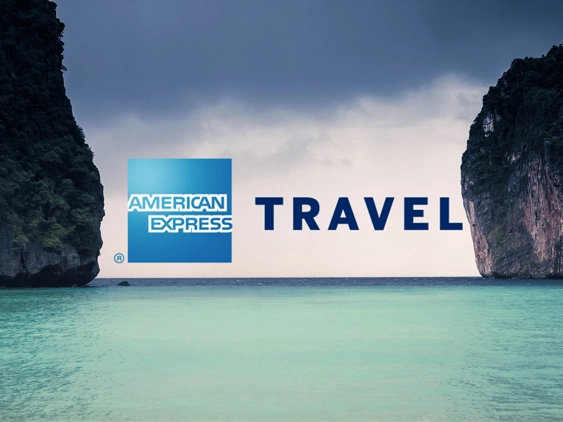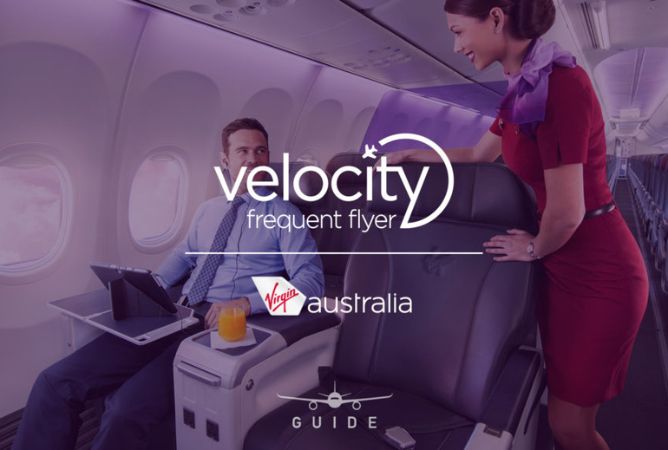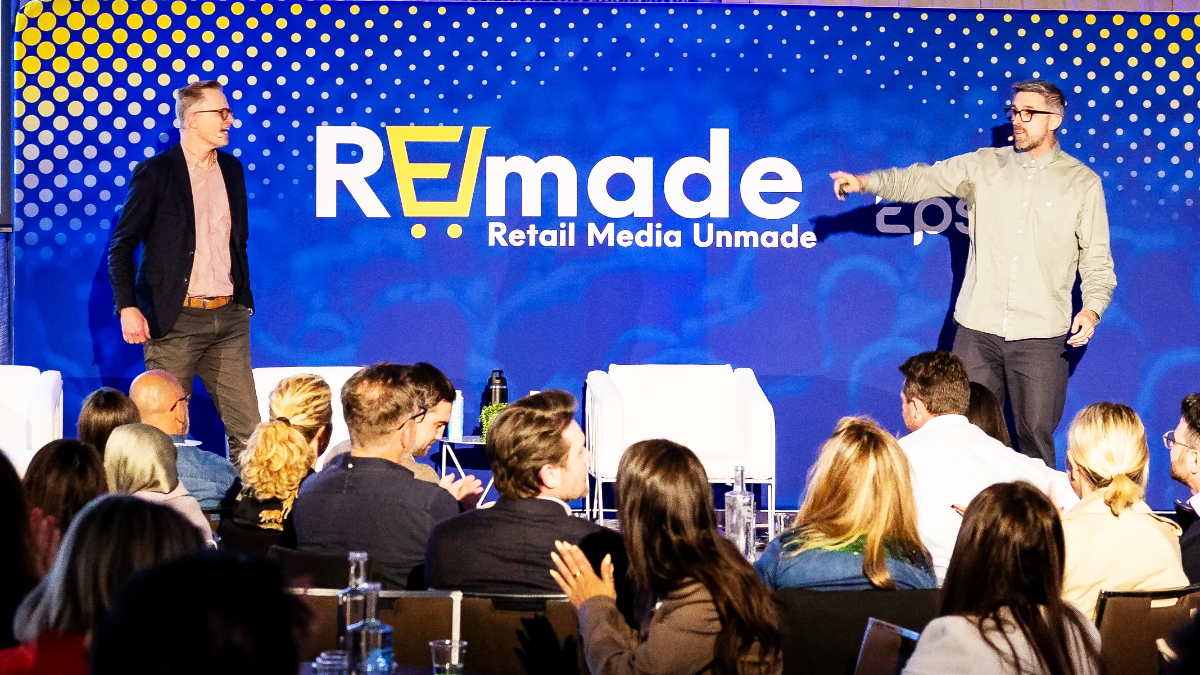By Angus Frazer, Founding Partner, Sonder
This article first appeared on marketing website Mi-3
The recent surge in retail media interest is redefining the media landscape. For retailers, there is a significant opportunity, but there are also major considerations. In the US, Forbes Magazine recently estimated that at least US$5bn was spent on retail media in 2020. According to Goldman Sachs, by 2025, that figure is expected to be between US$15-20bn. In Australia, current spend is estimated to be closer to AU$400m (excluding trade deals) and expected to be over $1bn by 2025.
The pandemic has disrupted revenue and growth models for every organization in every industry. Increasingly it is falling on the shoulders of marketers to find that growth, as demonstrated by the rise of the Chief Growth Officer title being assigned to more and more marketing roles.
If you’re a retailer, there’s a wave coming in the form of demand and opportunity for owned media leverage. But – just like surfing – to catch a wave means being both ready and capable.
Are Australian retailers ready?
While in the US the challenge for retailers is to differentiate their media offerings, in Australia, there are too few retailers offering effective solutions to even warrant an urgent need to differentiate. With so few developed retail media providers operating here, brands could struggle to spend significantly more in the retail media sector. For retail media to see step change growth here, the pool of retailers offering compelling, sophisticated solutions needs to grow.
Are Australian retailers capable?
Unless you’re Woolworths or eBay or have already invested in people, process and technology; developing a sophisticated retail media solution can be daunting. It can require an organisation-wide rethink of how media is managed within the business.

From the work Sonder has done helping businesses around the world to leverage their owned media assets, here’s our top 10 list of how to get your business ready and capable for owned media leverage:
1 - Audit your ecosystem
Capture a complete picture of the media and audiences you have available and decide what channels and how much of the available media inventory other brands can access. Don’t limit this to just digital media either – physical media such as instore, publishing, infrastructure, transport etc. can all be extremely valuable media assets. It is often surprising to see just how many media channels a retail business controls.
2 - Size the prize
Put a commercial value on your owned media channels. Understanding the value of media helps to make decisions and change the way media is viewed internally. Understanding the value also informs budget setting for teams and expectation setting for boards.
3 - Understand the stakeholder dynamics
Engage internal stakeholders and understand how they already leverage owned media, both commercially and for their own communications. Often, owned media crosses many departments including merchandise, marketing, loyalty and IT. In our experience there are always legacy issues to be resolved.
4 - Identify the easy wins
Look at the media channels that are attractive to other brands. If you DON’T have these channels, then create a business case to build them. For example, digital screen networks are a major opportunity for retailers with physical stores. In our experience, owned media is very profitable and business cases are ROI positive in short time periods.
5 - Level-up and benchmark ratecard
OK, this is admittedly a dull output, but a crucial one if you want to be able to calculate the value of individual media campaigns. Rate cards provide transparency and an accurate value of every media format. All rates must be justified and housed in a central location, where they can be managed and protected. Spreadsheets are often fraught with problems here.
6 - Define the operating model that’s right for you
How do you want to manage and represent your media? Maintain control by in-housing, minimise costs by outsourcing, or some hybrid version? In our experience the greatest ROI is derived from building and managing the media assets internally, however, this can carry a capex requirement. Setting a clear monetisation roadmap that delivers on your owned media strategy, risk profile, appetite to invest and size of the prize, is essential.
7 - Define the tech stack
This is about aligning the software (and sometimes hardware) requirements to achieve your desired operating model. Retailers need to have technology solutions for things such as CMS, CRM, ad-servers, invoicing and planning tools. From a data perspective, retailers have allows targeting and efficacies that traditional media owners can only dream customers not audiences, which of. To leverage all this data, you will need the right tools and structures in place. There are many solutions available now and choosing the right ones is important for the longer term. The tech stack can also have a major influence on the next point…
8 - Resource and structure accordingly
From a people perspective, recruit and train the people that will drive your operating model for owned media leverage. Often the optimal team to drive retail media are a blend of marketing, technology, client management, data analysis and media sales
9 - Position your media brand
There are a number of considerations when it comes to taking your media offering to market. How will your media offering be differentiated? What is the competitive landscape for your category? How will you launch and introduce your media brand to the market? Where will new revenue be derived? Are your media rates justifiable? Ultimately, the thing that will most powerfully differentiate you is your customer/audience and the data that underpins your entire offer.
10 - Act like a media owner
Sales collateral, post campaign reports, case studies, upfront presentations, trade marketing etc. are necessary outputs. Sometimes there’s also a mindset shift required of the business – to think of customers not just as shoppers but as a valuable audience. The data capability inherent in many retailer operations means they can usurp traditional media owners when it comes to reporting on sell-through and efficacy.
There is no one-size-fits-all approach to building a powerful owned media network. Each business needs to carefully create the solution that works best for their customers, their partners and their strategy.
Some of the required actions are straightforward and necessitate little in the way of investment, change and organizational disruption, other requirements may not always be easy, but, like paddling for a perfect wave, it’s worth it.





